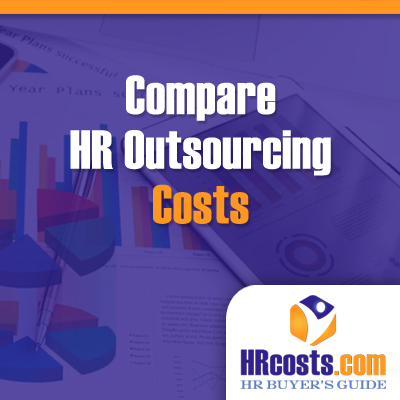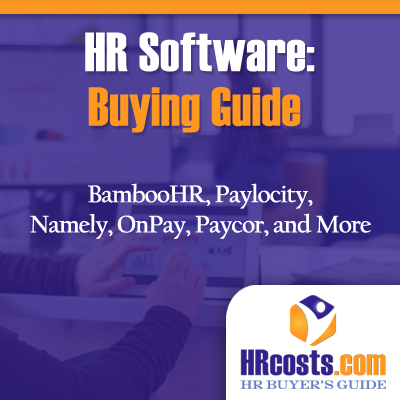
HR Software Tools: Transforming How HR Departments Operate
Managing human resources in today’s fast-paced work environment is more complex than ever. From recruiting top talent to ensuring compliance with labor laws and managing employee engagement, HR departments are responsible for juggling multiple critical functions. Thankfully, HR software tools have emerged as a game-changing solution, transforming how HR teams operate and making these tasks more efficient and streamlined.
Whether your business is a small startup or a large enterprise, the right HR software can revolutionize the way your team manages people, processes, and policies. In this guide, we’ll explore how HR software tools are reshaping HR operations, the key features to look for, and why investing in the right system is crucial for long-term success.
Why HR Departments Need Software Solutions
Gone are the days of manually tracking employee records in filing cabinets and spreadsheets. With today’s digital workforce, HR departments need tools that provide automation, accuracy, and scalability.
HR software helps businesses:
- Save Time by automating repetitive tasks such as payroll processing and benefits administration.
- Enhance Compliance with labor regulations by ensuring timely reporting and documentation.
- Improve Employee Experience by offering self-service portals for easy access to important information.
- Gain Insights through data analytics that help make informed HR decisions.
By adopting HR software, businesses can focus on their people rather than getting bogged down in paperwork.
How HR Software Tools Are Transforming HR Operations
HR software tools have evolved to cover nearly every aspect of human resources, from hiring and onboarding to performance tracking and compliance. Let’s explore some of the core ways these tools are revolutionizing HR operations.
1. Streamlining Recruitment and Hiring
Hiring the right talent is crucial for business success, and HR software makes this process more efficient than ever.
With features such as applicant tracking systems (ATS), HR teams can:
- Post job openings across multiple platforms with just a few clicks.
- Automatically screen resumes using keyword searches.
- Schedule interviews and manage candidate communication in one place.
- Reduce time-to-hire and ensure a better candidate experience.
HR software allows hiring managers to make data-driven decisions, improving the quality of new hires and reducing turnover.
2. Enhancing Employee Onboarding
First impressions matter, and a streamlined onboarding process can set the tone for a positive employee experience.
HR software provides:
- Automated workflows to guide new hires through paperwork, training modules, and company policies.
- Self-service portals that give employees easy access to important documents.
- Task tracking to ensure onboarding steps are completed on time.
A well-structured onboarding process can increase employee retention and engagement from day one.
3. Simplifying Payroll and Benefits Administration
Managing payroll and benefits manually can be time-consuming and prone to errors. HR software takes the hassle out of these processes by automating calculations, tax filings, and benefits enrollment.
Key features include:
- Automated Payroll Processing to ensure accurate and timely salary disbursements.
- Tax Compliance Management that updates automatically with changing tax laws.
- Benefits Enrollment Tools that allow employees to compare and choose their benefits online.
By reducing payroll errors and automating compliance, HR software helps businesses avoid costly fines and penalties.

4. Improving Employee Engagement and Performance
Engaged employees are more productive and stay with their employers longer. HR software provides tools that help businesses foster a positive work environment and track performance effectively.
With performance management features, HR teams can:
- Set goal-tracking systems that align with company objectives.
- Conduct 360-degree feedback to provide employees with well-rounded insights.
- Monitor employee performance trends and address issues proactively.
Engagement tools such as pulse surveys and recognition programs can also help HR teams create a more motivated workforce.
5. Ensuring Compliance and Reducing Risk
HR compliance is critical to avoiding legal trouble and maintaining a positive workplace environment. HR software simplifies compliance by automating record-keeping and reporting for labor laws, workplace safety, and equal opportunity regulations.
Key compliance benefits include:
- Automated tracking of employee work hours, breaks, and overtime to meet labor law requirements.
- Digital record-keeping that ensures proper documentation for audits.
- E-signatures and document management to securely store compliance paperwork.
Staying compliant is easier when your HR software keeps track of evolving regulations and deadlines.
Key Features to Look for in HR Software
When choosing HR software for your business, it’s essential to find a solution that meets your specific needs. Here are some must-have features to consider:
User-Friendly Interface
The software should be intuitive and easy for HR teams and employees to navigate without extensive training.
Integration Capabilities
Choose software that integrates seamlessly with other tools, such as accounting software, payroll systems, and performance management tools.
Scalability
As your business grows, your HR software should be able to scale with you and accommodate more employees and complex processes.
Customizable Reporting
HR teams should be able to generate detailed reports on workforce trends, payroll costs, and compliance data with ease.
Cloud-Based Access
A cloud-based solution allows HR professionals to access data from anywhere, making it ideal for remote workforces and multi-location businesses.

How HR Software Saves Businesses Money
Investing in HR software might seem like an added expense at first, but the cost savings it delivers can far outweigh the initial investment. Here’s how:
Reducing Administrative Costs
By automating tasks like payroll, benefits, and recruitment, HR software minimizes the need for additional HR staff, reducing overhead costs.
Minimizing Compliance Penalties
Automated compliance features help businesses avoid costly fines associated with labor law violations and tax filing errors.
Lowering Employee Turnover
A structured hiring and onboarding process leads to higher job satisfaction and reduces the expenses associated with replacing employees.
Improving Productivity
HR software optimizes processes, allowing HR professionals to focus on strategic initiatives rather than administrative work.

How to Implement HR Software in Your Organization
Once you’ve chosen the right HR software, the next step is implementation. Here’s how to ensure a smooth transition:
Assess Your Current HR Processes
Identify pain points and areas where automation can improve efficiency before rolling out the software.
Train Your HR Team and Employees
Provide thorough training to HR personnel and employees to ensure they’re comfortable using the system.
Start with a Pilot Program
Consider rolling out the software in phases, starting with a smaller team or department before a company-wide implementation.
Regularly Evaluate Performance
Track how the software is being used and gather feedback to make adjustments as needed.
HR software tools are revolutionizing how HR departments operate, making it easier to manage employees, track performance, and stay compliant with evolving regulations. Whether you’re looking to streamline payroll, improve recruitment efforts, or enhance employee engagement, investing in the right HR software can lead to significant savings and improved efficiency.
